I’m mentoring a First to College high school student whose goal is to study graphic design at MassArt so I took her to meet one of my college freshman dorm mates, Lisa Rosowsky, is a professor of graphic design there. Lisa sent me an invite to her newest show called For Our Fathers: Two fathers—one an Austrian, one a French Jew—and a legacy of silence that their daughters turned into art. I wasn’t totally sure what it was about, but I thought it was the perfect opportunity to expose my mentee to performance art and meet Lisa.
It was an amazing experience. Two women built this show around their fathers. The soprano, Ute Gfrerer, from Austria sang songs that were poems by Holocaust victims set to music by Holocaust victims. Her father was an S.S. Nazi soldier and part of Hitler’s Youth with his own sad childhood story. Lisa’s father is a Holocaust survivor. Both daughters were left with a legacy of silence and grief, which they transformed into art and music.
This is a testimonial from their website that expresses so perfectly how I felt myself:
“Hard to describe how deeply your powerful performance affected me. It continues to reverberate. I’ve seen all manner of shocking Holocaust documentaries over the years, been to the extremely moving Holocaust Museum in Washington, and heard myriad angular, bitter musical works based on that horrific event, but your presentation was more achingly personal, more profoundly beautiful than any other I’ve experienced. Your stories were so obviously heartfelt, the singing so consistently passionate, the artwork mesmerizing and thought-provoking. It also amazed me that such exquisite artistic beauty could be engendered from such a nightmare. Thank you.”
Here are a few examples of Lisa’s Holocaust art:
The Missing, 2016
Kona cotton, cotton-lycra, vintage wooden picture frames, hand channel quilting over wood frame
Photographs courtesy of the United States Holocaust Memorial Museum “Remember Me” project, Washington, D.C.
Size 92″ x 47″
During the Second World War, between 1933 and 1945, millions of children were displaced across Europe. Many were sent to displaced persons (DP) camps, or taken in by various relief agencies. There, staff members photographed the children and distributed the images, hoping that some family members might be left alive to identify and claim them.
One well-known refuge was a displaced children’s home in the German town of Kloster Indersdorf. A twelfth-century monastery and former girls’ boarding school, Indersdorf was an international youth shelter until the UN Relief and Rehabilitation Administration designated the camp as a Jewish children’s center in August of 1946. During the time that Kloster Indersdorf was open, it was home to over 300 young Jewish DPs; it closed in 1949.
When you look closely at the images, you can see that the children’s names were written on slates which they held for identification. Some were older teens, some were mere infants, and in a few you can spot a caretaker nun in full habit. Several of the children are photographed sitting up in bed, as they were recovering from illness or injury.
Angel of Auschwitz, 2004
Plaster, silk, barbed wire
body approximately 66″ tall;
wingspan approximately 12′
She bears witness. The lettering in her wings
is a reference to the inscription above the entrance gates at Auschwitz, Arbeit Macht Frei(“Work Will Set You Free”). Tod Macht Freimeans “Death Will Set You Free”.
The pairing was a powerful way to learn about Holocaust history. What made it so moving was the stories they shared about the lives of each poet, each musician and the history behind each artwork.
This video gives a sampling of the show:
They are planning to create a video of their entire show. I think it is appropriate for any students studying the Holocaust such as 5th grade and older. (My kids study the Holocaust in 5th grade). The narrative is powerful but it’s not overly graphic.
For anyone in the New England area looking to bring in a performance for Holocaust Remembrance Week, the week of January 27, I would highly recommend this show. You can find out more by contacting Lisa Rosowsky via email: lrosowsky@gmail.com.
My mentee is from China and has been studying in the United States for the past two years. She learned about the Holocaust as part of her curriculum in China and found this presentation moving but sad. We talked about how current events resemble the Holocaust. She had not heard about the missing Uighur Muslims in China. She’s from the southernmost part of China so that’s very far from where she lives and the Chinese government controls the news.
An estimated 1 million Muslims are being held in re-education camps in Xinjiang. Across the border in Kazakhstan, there’s a desperate wait for news of Uighurs, Kazakhs and other minorities. from The Guardian
There’s also the Rohingya genocide in Myanmar.
The Rohingya are a Muslim minority group in Burma. They have faced a long history of severe discrimination and persecution, violence, denial of citizenship, and numerous restrictions at the hands of Burmese authorities. The Museum has, since 2015, been sounding the alarm about the potential risk of genocide and other mass atrocities being perpetrated against the Rohingya. from The United States Holocaust Memorial Museum
For Our Fathers: Two fathers—one an Austrian, one a French Jew—and a legacy of silence that their daughters turned into art is an important show. It’s not just about our past. It’s about our present and our future.
Lisa Rosowsky
Born in the Boston area, Lisa Rosowsky is a graphic designer and a mixed-media artist who works most often with fabric. She has an AB from Harvard College and an MFA from Yale University. She is on the faculty at the Massachusetts College of Art and Design, where she teaches graphic design, typography, and book design. She has had exhibitions at the Holocaust Museum of Houston, Brandeis University, and Hebrew College in New York. Her artists books are in the collections of the Boston Public Library, Wellesley College, University of Vermont, Stanford University, Harvard University, and the Museum of Printing. When she is not teaching or writing, Lisa can be found working in her studio.
Ute Gfrerer
Austrian soprano Ute Gfrerer is widely considered to be one of the best interpreters of Kurt Weill’s music. She has performed and recorded many of his works, including The Threepenny Opera, One Touch of Venus, Lady in the Dark, Marie Galante, and The Seven Deadly Sins. Her career has brought her to major musical centers around the world, including Barbican Hall in London, the Cologne Philharmonie, NHK Hall in Tokyo, Teatro National in Guatemala City, Vienna Volksoper, and the Zurich Opera. Not only is Gfrerer a regular guest artist at the Kurt Weill Festival in Germany, she has also performed at the renowned Salzburg Festival in Austria, the Ellingwood Chapel in Nahant, and the Festival for Forbidden Music in Marseilles, France, where she discovered the Holocaust songs of Norbert Glanzberg heard in this program.
p.s. I have a Holocaust book list for kids and teens here.
p.p.s. PBS: US students lack knowledge about the Holocaust
Follow PragmaticMom’s board Multicultural Books for Kids on Pinterest.
Follow PragmaticMom’s board Children’s Book Activities on Pinterest.
My books:
Amazon / Signed or Inscribed by Me
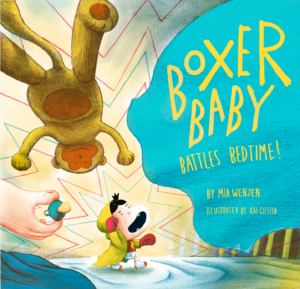 Amazon / Signed or Inscribed by Me
Amazon / Signed or Inscribed by Me
Food for the Future: Sustainable Farms Around the World
- Junior Library Guild Gold selection
- Selected as one of 100 Outstanding Picture Books of 2023 by dPICTUS and featured at the Bologna Children’s Book Fair
- Starred review from School Library Journal
- Chicago Library’s Best of the Best
- 2023 INDIES Book of the Year Awards Finalist
- Green Earth Book Award longlist
- Imagination Soup’s 35 Best Nonfiction Books of 2023 for Kids
Amazon / Barefoot Books / Signed or Inscribed by Me

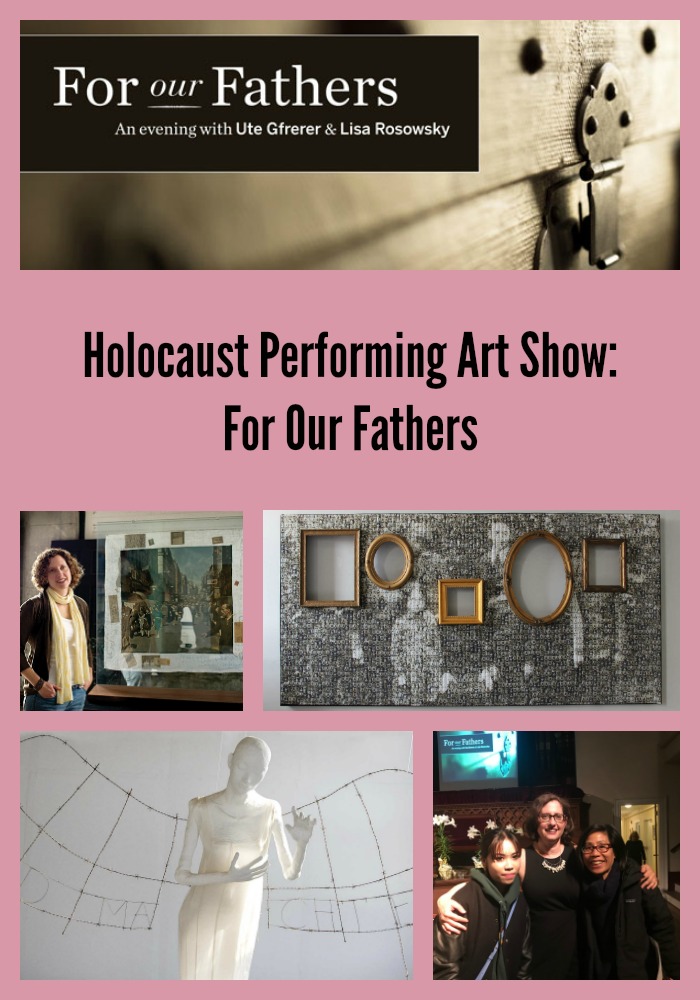
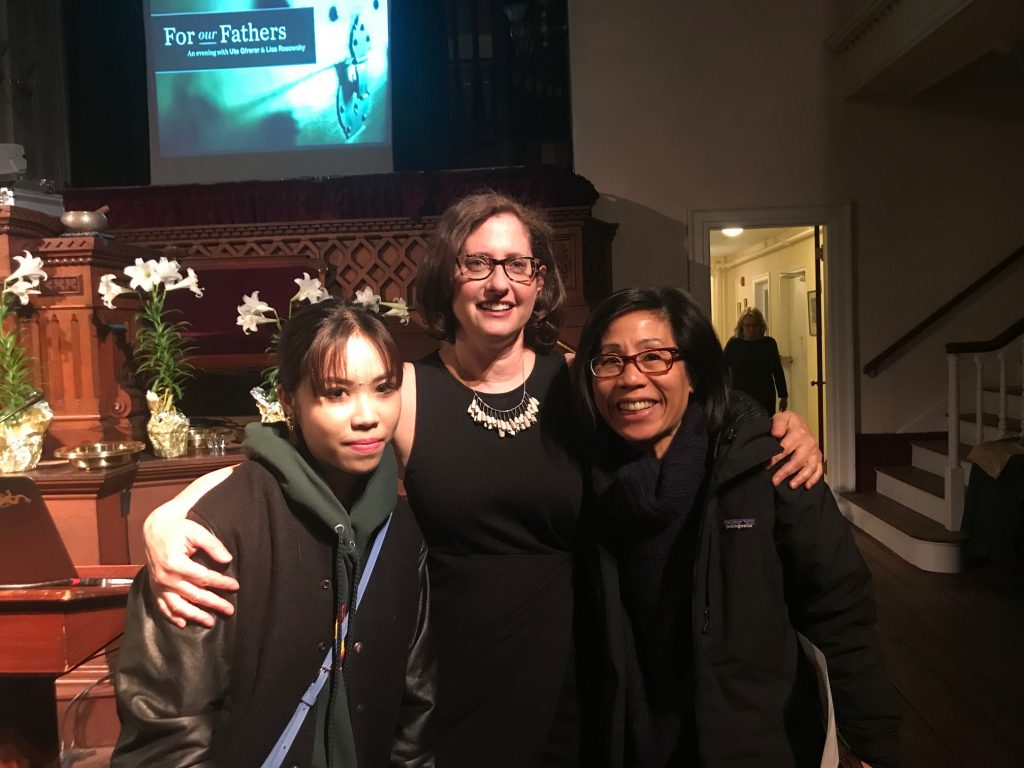
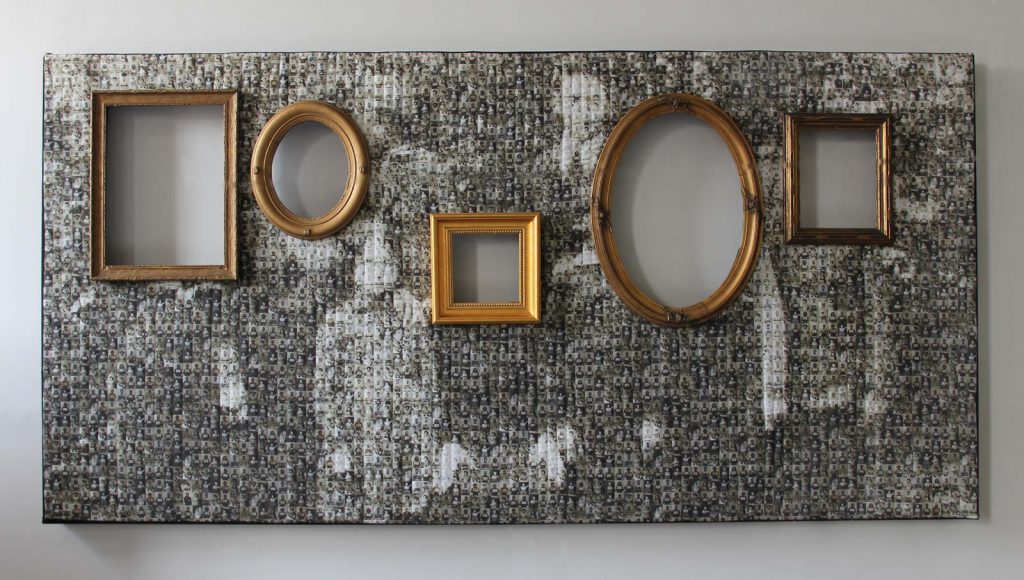
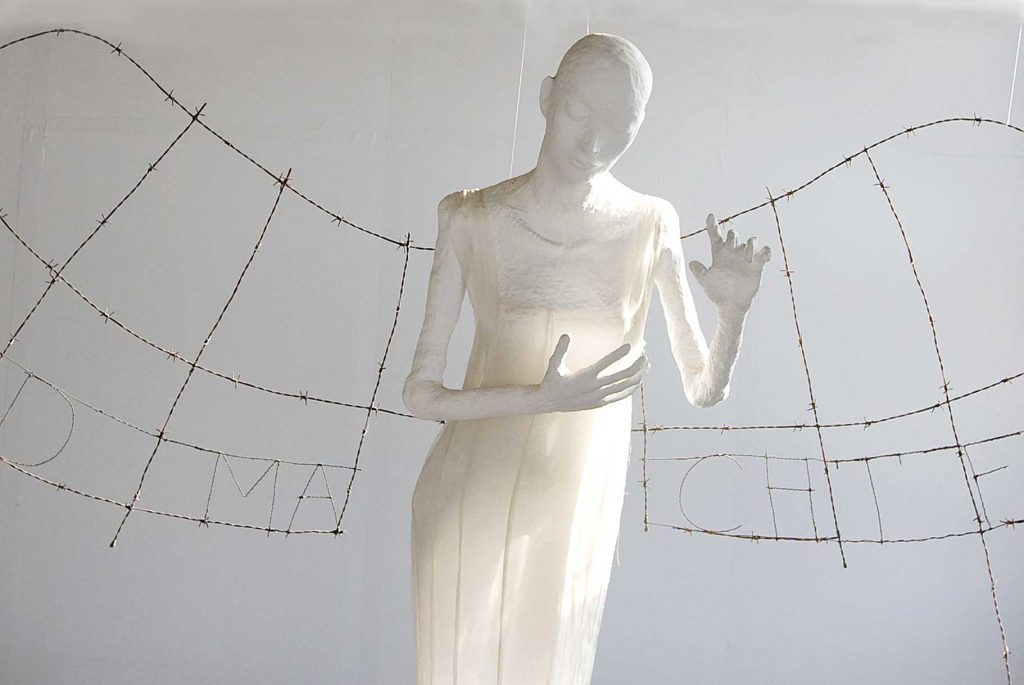



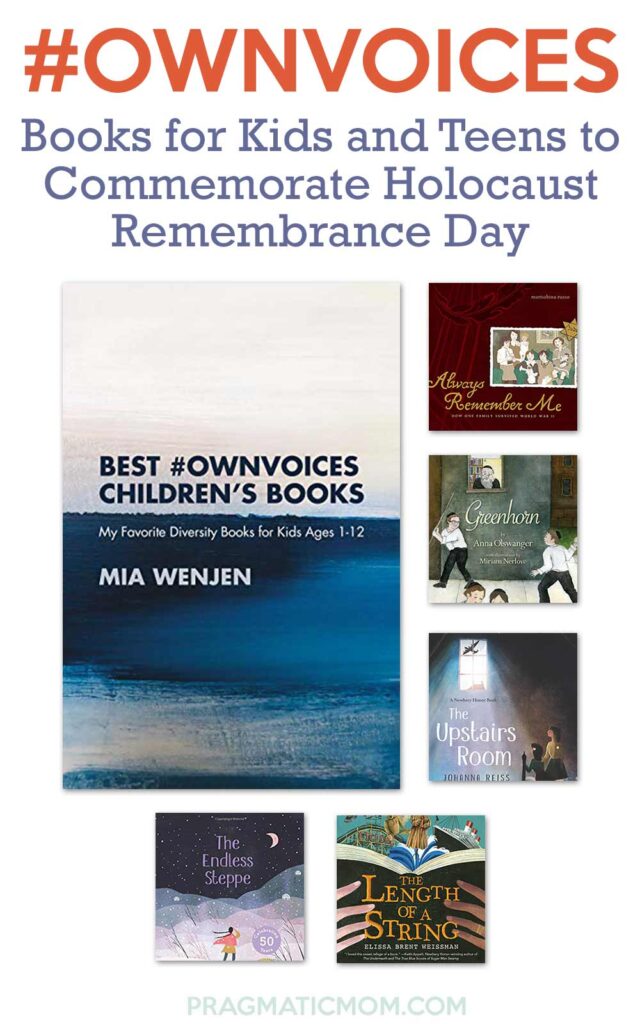

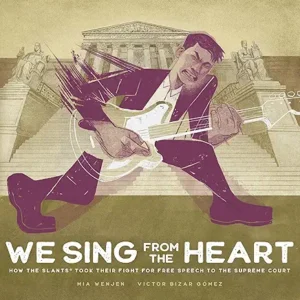
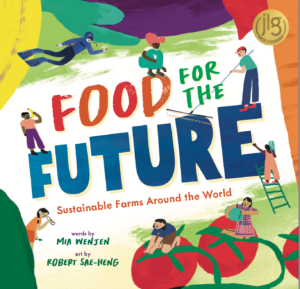
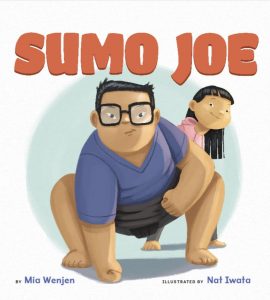

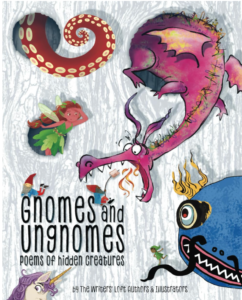





This looks very moving and powerful. I also like that it’s a dialogue of sorts. Thanks for sharing, Mia!
What a powerful exhibit! I’m lad you are doing this mentoring program, too. That is something I would enjoy doing someday, I think.